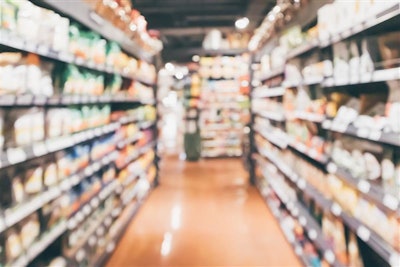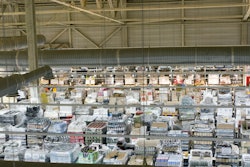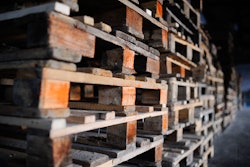
Remember when the world ran out of toilet paper last year? As consumers, we thought wow this is the height of madness caused from a virus and expected a two-week quarantine.
But one year later restrictions are just rolling back, and only slightly, while the shortages just keep on coming.
As of right now, the shortages I have seen reported are lumber (which I will go more in depth on in an article to be published on Monday), chicken, semiconductors, flowers, gas, vaccines, aluminum, steel, now even chlorine and so much more. Most of these are source material shortages, which doesn't even include the individual product shortages seen from not just a lack in these source materials but also logistics backups in delivering the products to stores. Due to the Coronavirus (COVID-19) pandemic requiring physical distancing and many employees being out of work, the logistics process is stretched thin, as we've seen this past year. In addition, the labor shortage in numerous industries especially in trucking take its toll on the world. And, the Suez Canall blockage made things even worse.
It is truly eye opening to see how much of our lives as consumers and workers the supply chain effects. Because of the lumber shortage, the housing market prices are extremely high. Automotive plants and electronic device makers now have trouble because of the semiconductor shortage, many factories even shutting down. Personally, I was unable to get my favorite brand of flavored seltzers from the grocery store due to the aluminum shortage, which is causing a shortage in aluminum cans.
Most experts I spoke to say that these supplies won't be back to normal until the pandemic subsides or is fully under control. It is truly a call-to-action for those in the supply chain to fill these gaps for greater resiliency and to reduce disruptions' impact in the future.














